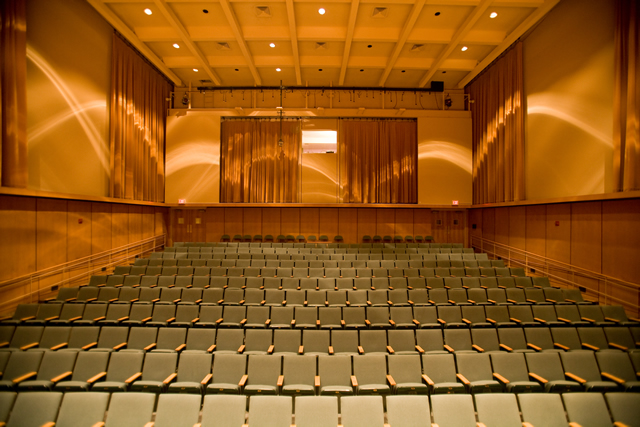
Music ETDs
Publication Date
1-30-2013
Abstract
Part I: Composition Portfolio includes the scores of seven of my original compositions. Pelayo Finds the Old Man is a piece for flute, clarinet in B-flat, percussionist, and recording. Sre Koit is a choral piece written for a musical, and it incorporates vocal percussion, spoken text, and traditional singing technique. Silent State is an improvisatory piece for two performers, rocks, flags, piano, and body movement. The first three pieces above demonstrate collaborative works with theater and/or dance groups. I attended rehearsals with each group and this process informed my compositional choices. The following four pieces demonstrate a variety of styles, and include compositions for a diverse set of instrumental families. They show a spectrum of harmonic, temporal, and structural frameworks that I explored throughout the process. Joy Within from String Quartet no. 1 is the first of a three-movement piece. Guitar Quartet no. 1 explores the techniques unique to guitar. ...now...here for flutes and percussion, is a large ensemble work that incorporates a number of extended techniques for the flute. absolute elsewhere was written for Gamelan Encantada, a Javanese influenced American gamelan in pelog scale. Part II: The Integration of Free-Improvisation in the College Music Curriculum is a Music Education Project that argues for the inclusion of a free-improvisation forum in college music curricula. The diverse manifestations of improvisation are presented in a variety of published materials including histories, research, and methods. Non-academic sectors in which improvisation is practiced are explored, specifically the practices of music-therapists and their clients, and performing artists. A brief survey then demonstrates the status of improvisation course content in select colleges in the United States. Two original free-improvisation activities that I created are next presented in two field studies. I discuss the results of each session, through which I assert that the inclusion of free-improvisation in a college curriculum serves to fulfill three important objectives for musicians: 1) to reduce musical inhibitions by creating a safe space in which to explore musical creativity, 2) to allow participants to construct their own knowledge and meaning in music, thereby giving them more ownership of their education, and finally, 3) to expand the definition of music thereby broadening ones understanding, acceptance, and appreciation of a diversity of musical languages.
Degree Name
Music
Level of Degree
Masters
Department Name
Department of Music
First Committee Member (Chair)
Obermueller, Karola
Second Committee Member
Carlow, Regina
Third Committee Member
Hermann, Richard
Fourth Committee Member
Dalby, Bruce
Language
English
Keywords
Music -- 21st Century, Music in universities and colleges, Improvisation (Music) -- Instruction and study
Document Type
Thesis
Recommended Citation
Saletta, Andrew. "Part I: Composition Portfolio ; Part II: The Integration of Free-Improvisation in the College Music Curriculum." (2013). https://digitalrepository.unm.edu/mus_etds/7
